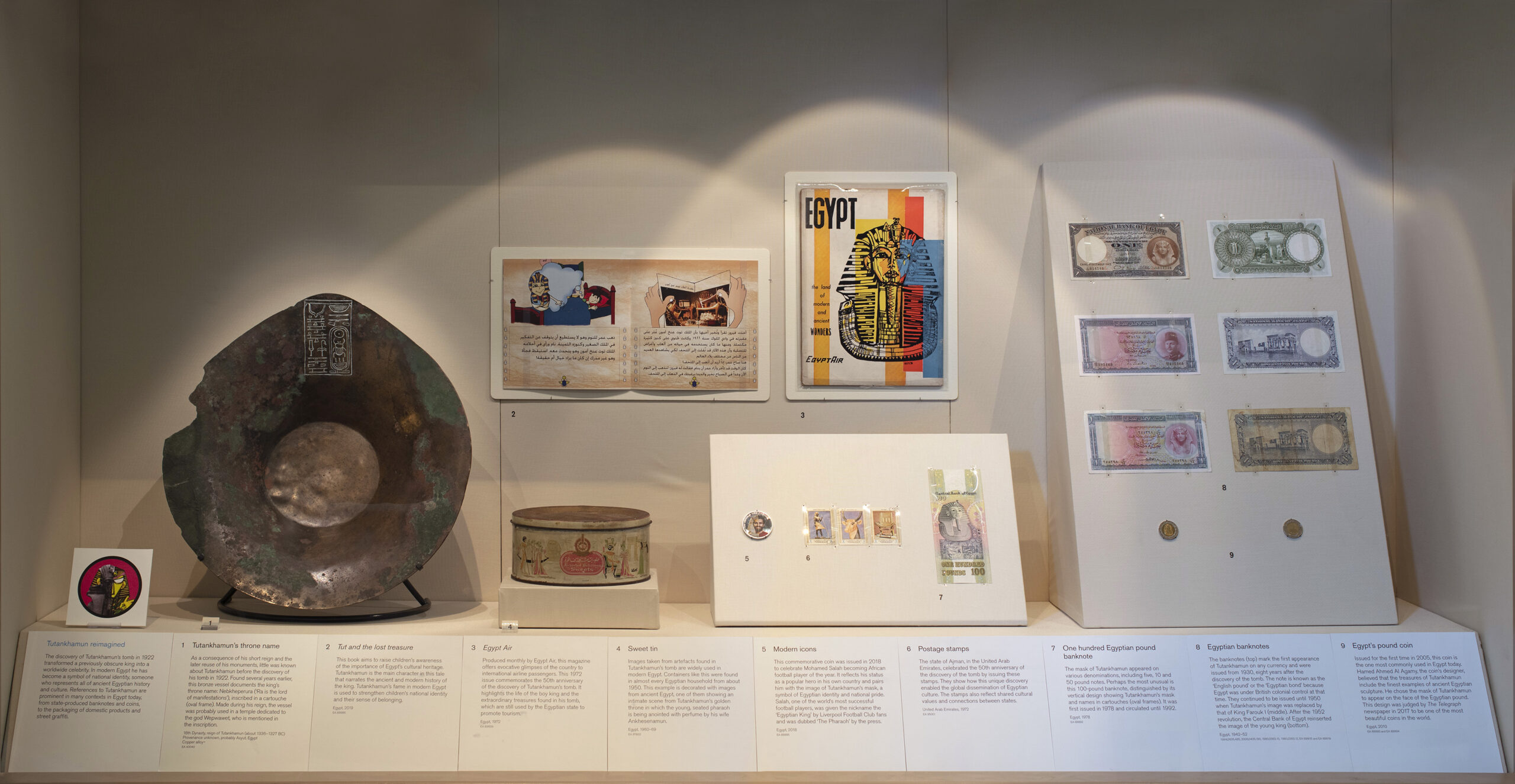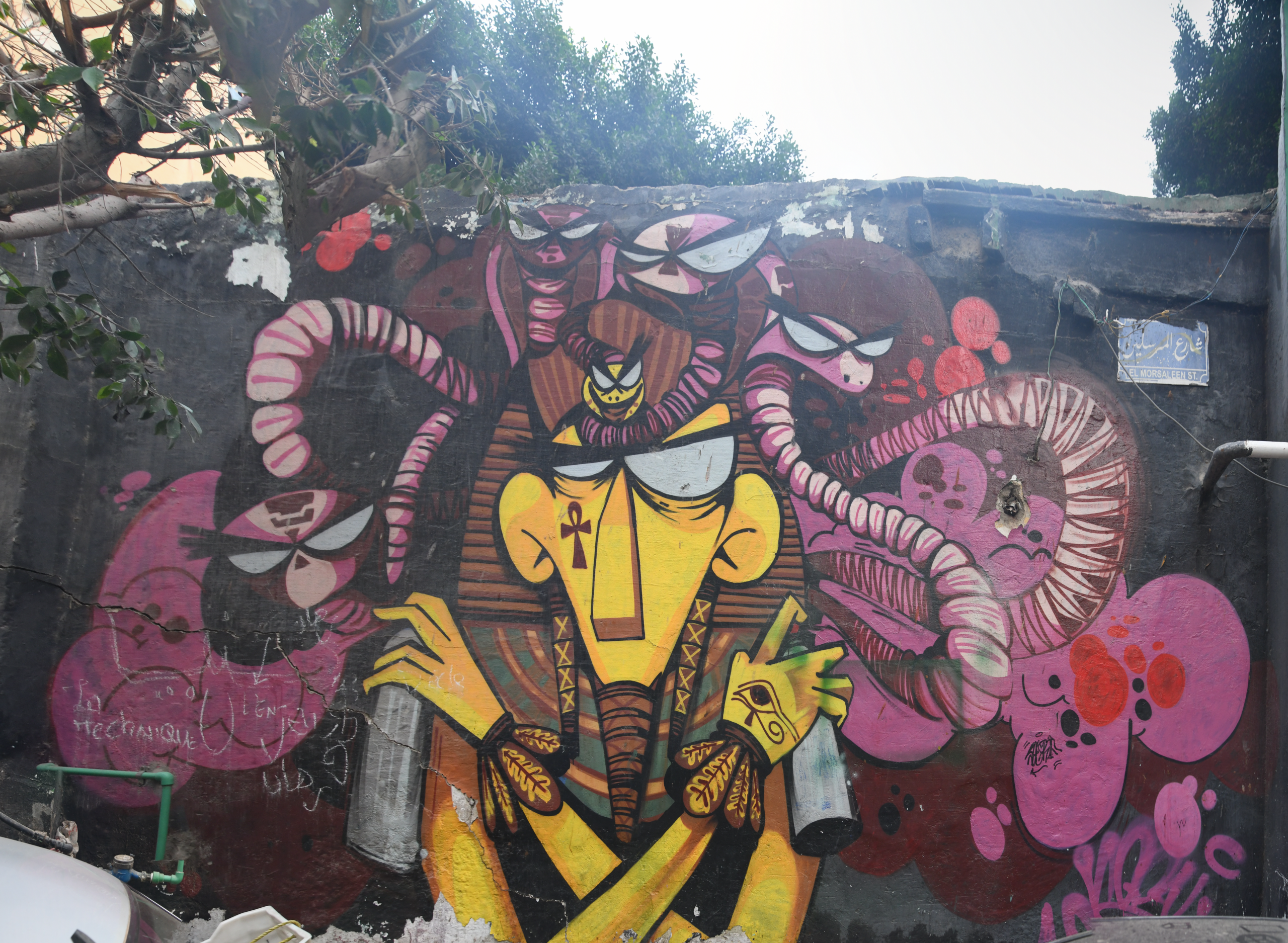Further engagement projects are essential to the core objectives of the ITP. Finding ways to give our fellows the widest possible opportunities for further training, skill-sharing, professional development and networking is fundamental.
Working with colleagues in the Department of Egypt and Sudan the International Training Programme (ITP) has supported Heba Khairy (Egypt, ITP Fellow 2017) to join us at the British Museum for a project to work on a co-curated display in the British Museum.
This project, to enable the British Museum to commemorate the centenary of the discovery of the tomb of Tutankhamun (opened in November 1922), saw Heba co-curate a small display in Room 4, the Egyptian Sculpture Gallery, through objects from the Museum’s collection. The display forms the last stop on a short Tutankhamun trail which focusses on the political and religious background of Tutankhamun’s reign. The theme of the case is the ‘legacy’ of Tutankhamun and how he is viewed by Egyptians today.
“The ITP is always keen to sustainably develop the competencies of the ITP fellows and to involve them permanently with the British Museum projects. The Tutankhamun co-curation project represents an extraordinary project in the context of the centenary of the discovery of King Tutankhamun’s tomb in 1922 by the British archaeologist Howard Carter.
I was very keen to join this project for many reasons, as the project represents for me an out-of-the-box idea, as the project aims strongly to shed light on the relationship of this mysterious king with both his ancestors from ancient Egyptians and his continuity among the modern Egyptians.”
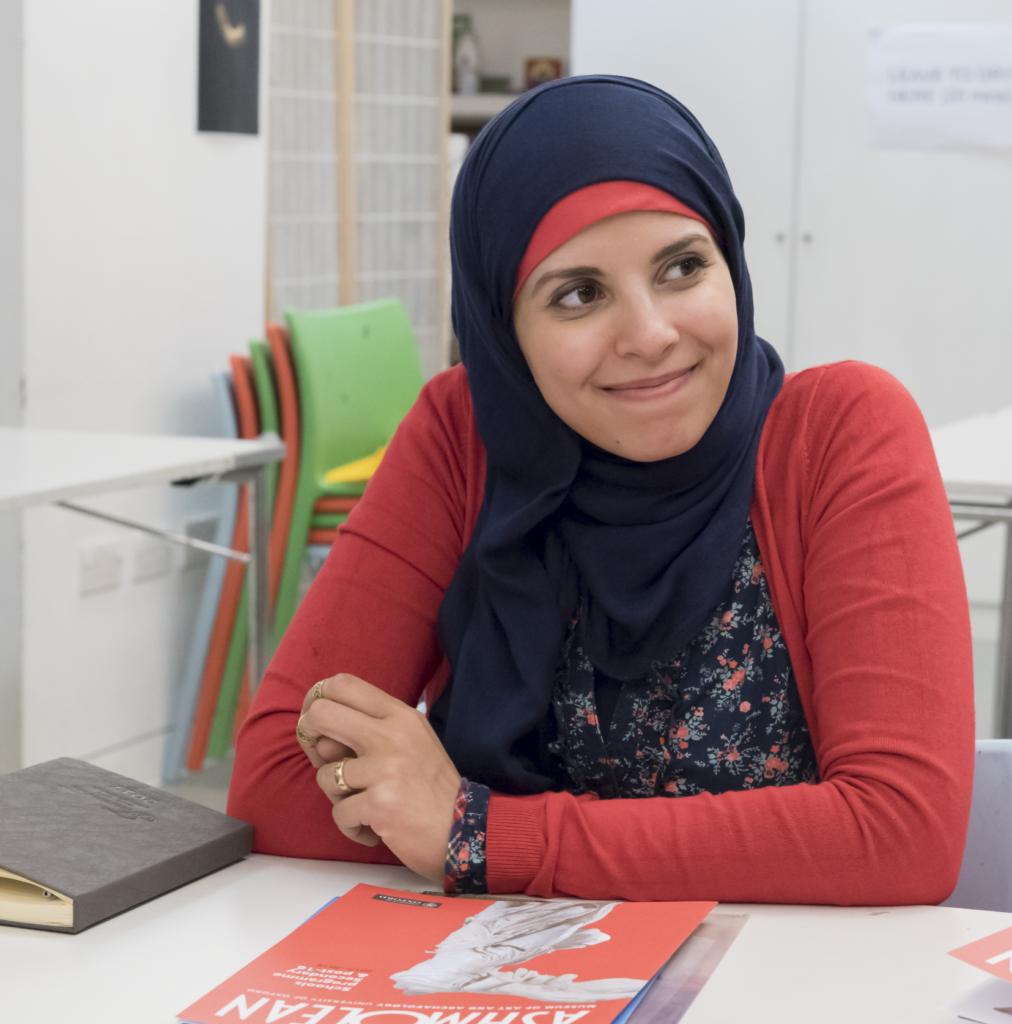
“This experience has offered me many new skills and reflections at many levels.
First in terms of creating new ideas to develop the permanent galleries within the Egyptian museums by creating new topics within or out of the context of the display itself.
Secondly, the importance and effectiveness of creating a link between the past and the present to shape the future, which is one of the important roles played by heritage and museums, in addition to creating a modern dialogue between what is inherited and continue to be represented in a modern manner within the modern Egyptian society and its reflections on our identity as Egyptians”.
“Thirdly, this project represents a new and advanced interest from the British Museum towards the Egyptian heritage, as it expresses the British Museum’s keenness to celebrate the centenary of the discovery of one of the masterpieces of the ancient Egyptian civilization and one of the important symbols of its identity.”
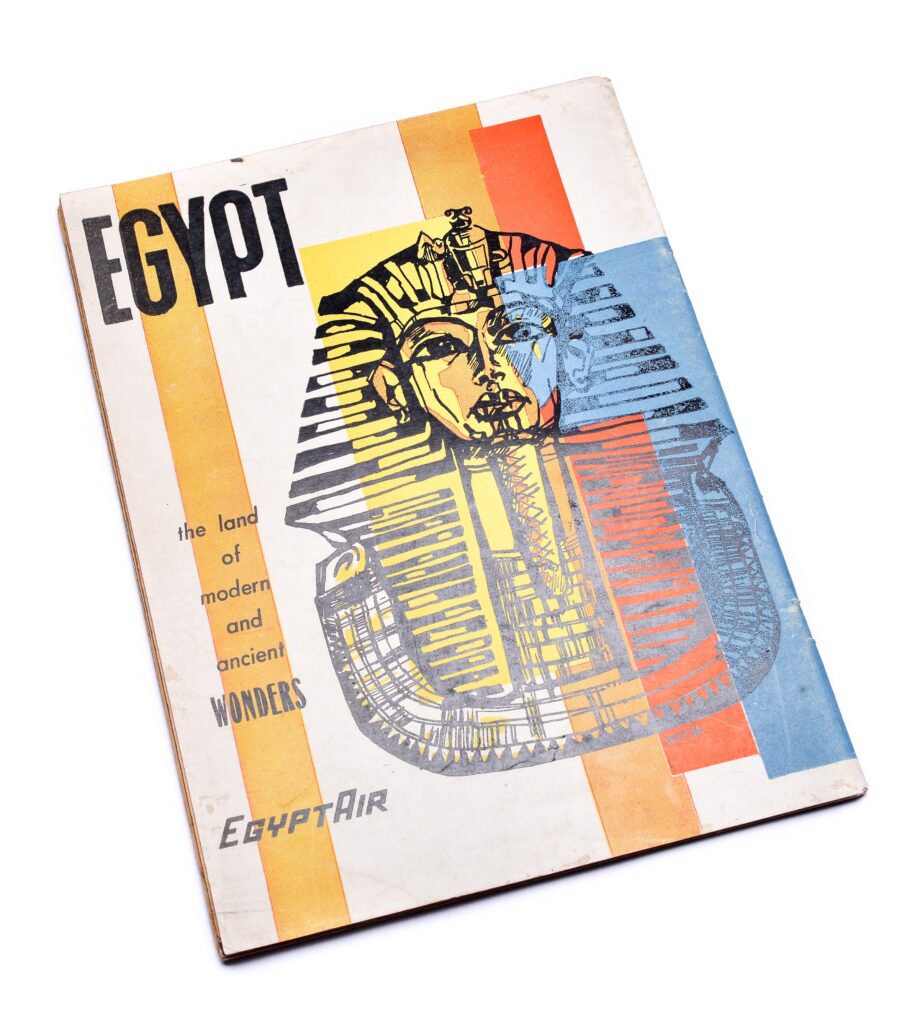
A magazine issue from 1972 produced by Egypt Air to commemorate the 50th anniversary of the discovery of Tutankhamun’s tomb.
“The fact that I am Egyptian and working within the cultural heritage sector in Egypt, I believe that I have offered new ideas and approaches regarding what the King Tutankhamun Collection represents to contemporary Egyptians, giving a deep knowledge of their passion and curiosity about Tutankhamun’s hidden knowledge, stories and theories.”
Heba Khairy, Exhibition Coordinator, The Grand Egyptian Museum (Egypt, ITP Fellow 2017)
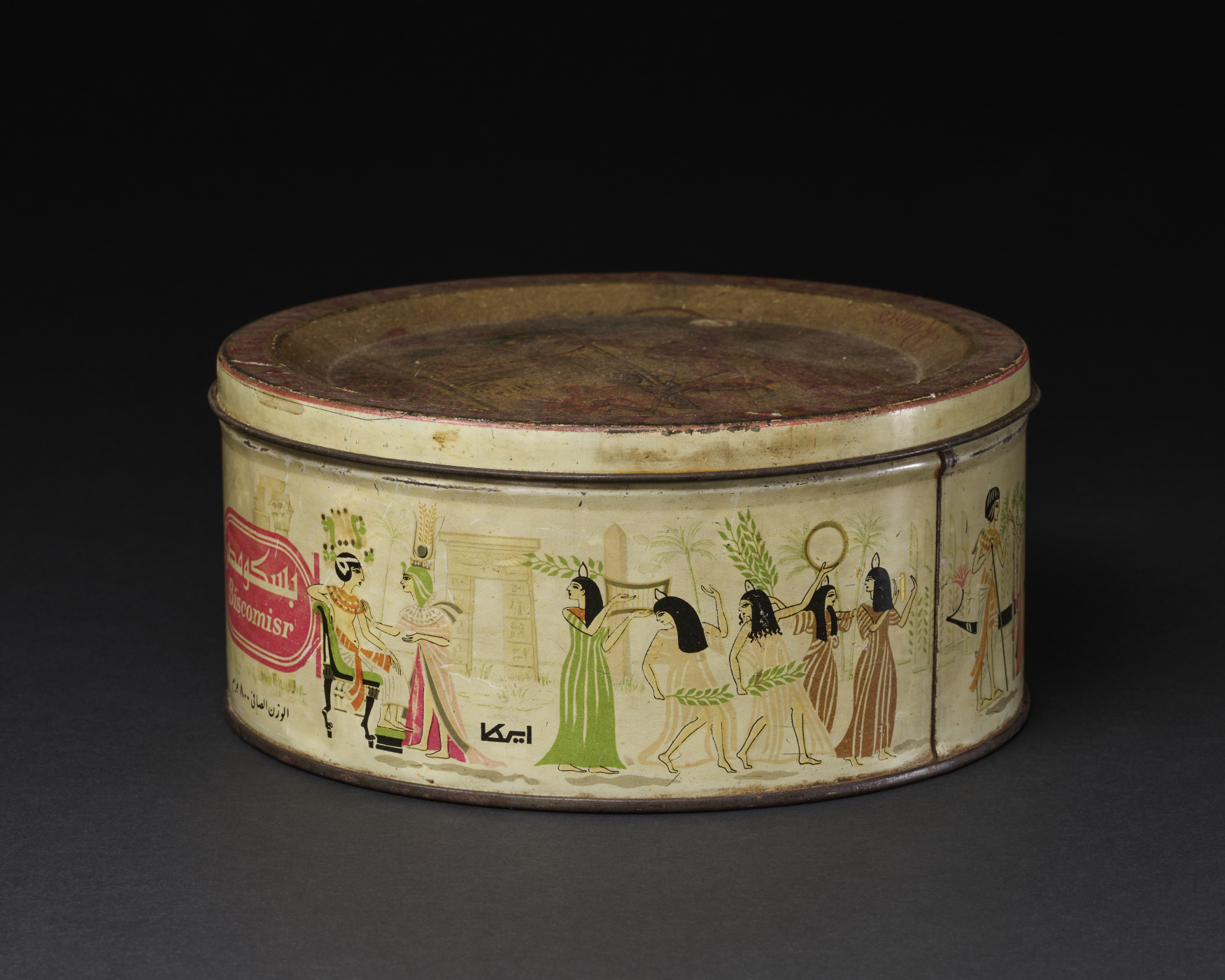
A 1960s sweet tin decorated with images from ancient Egypt, one of them showing a scene from Tutankhamun’s golden throne.
What does Tutankhamun mean to Egyptians today?
This series of interviews asks local people in Luxor, Egypt, how they think Tutankhamun is perceived by Egyptians today.
Filmed from the bank of the Nile in Luxor, the following people discuss what Tutankhamun means to them:
- Gehad Shawky, Heritage Awareness association member
- Azza Lotfy, tourist guide
- Mostafa Al Saghir, General Director of Karnak Temples and the Sphinx road
- Mahmoud Hassan, Tourist guide
Tutankhamun reimagined
Heba has also been able to support the British Museum’s current Asahi Shimbun display in Room 3. Since 2005, Room 3 has showcased single or small groups of objects from the Museum’s collection, ranging from the earliest human artefacts to objects from the present day. The displays are also a testing ground for innovation in design and presentation.
The exhibition, Tutankhamun: reimagined, seeks to explore both ancient and modern Egyptian relationships with the image of Tutankhamun, by placing both ancient and contemporary objects alongside each other.
One hundred years after the discovery of his tomb, Tutankhamun is, for many, a powerful symbol of Egyptian identity and a source of artistic inspiration. The British Museum has commissioned work by Egyptian graffiti artist Nofal O, a connection made possible by Heba, to mark this centenary.
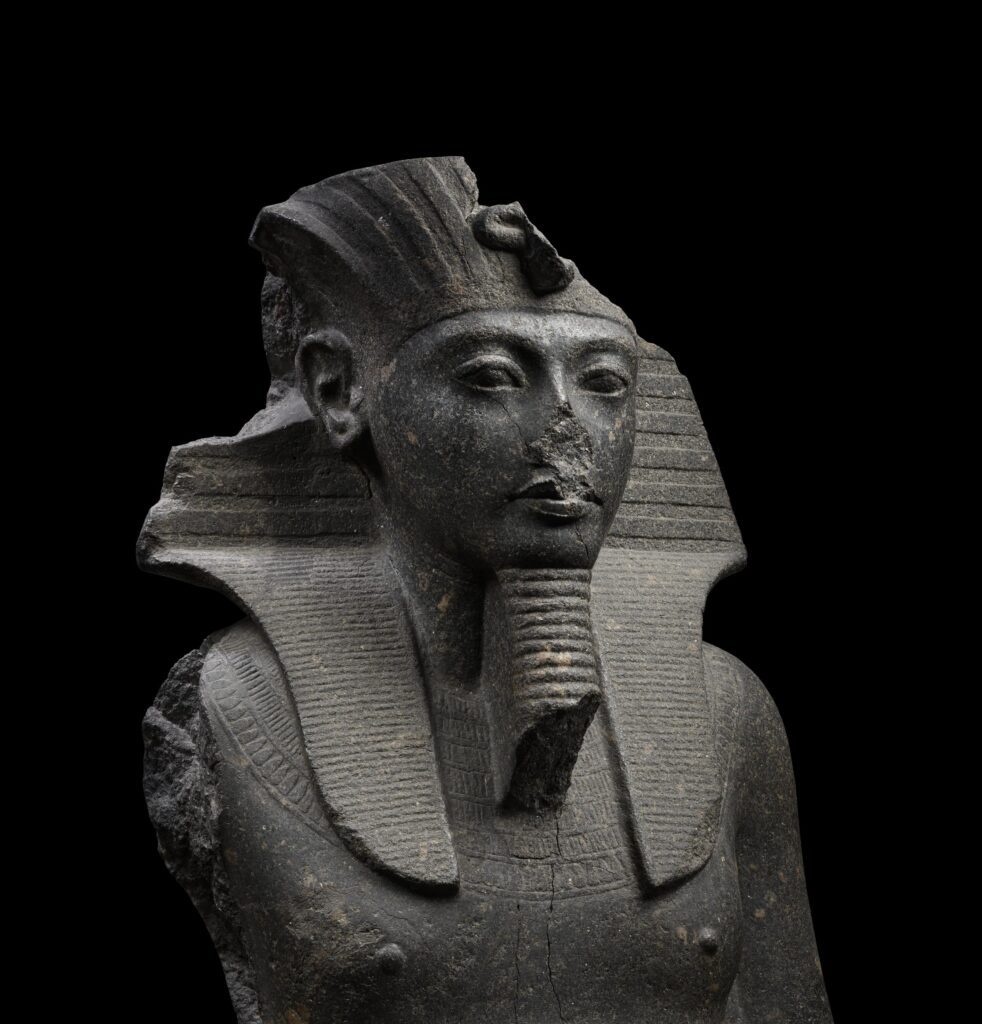
“I started practicing graffiti or street art influenced by hip hop culture in 2009. I went deeper into this culture and found that this type of art is what best represents me. The art of murals was used by ancient Egyptians to tell stories and record history. I began to integrate contemporary hip-hop culture, colours and styles with the stories and tales of the ancient Egyptians. My own style emerged: retelling the stories of the ancient Egyptians in the form of street art and modern graffiti.
I was influenced by Tutankhamun’s precious treasures … I was keen to link the stories of the past with my artwork. King Tut is an icon and an inspiration for my graffiti in Cairo.”
Ahmed Nofal (born 1996), Egypt
Co-curating toolkit
Heba has created a ‘toolkit’ for those wanted to know more about co-curation. The toolkit looks at what co-curation means, shares tips for successful co-curation, addresses some of the main challenges and focusses in on her ES/ITP case study.
Visit the exhibition’s page on the British Museum website
Other Tutankhamun projects in the UK
As part of her co-curation project, Heba had the chance to visit Bodleian Libraries in Oxford to see their exhibition, Tutankhamun: Excavating the Archive.
Heba met with exhibition curators Richard Parkinson and Daniela Rosenow to discuss the exhibition and their approach to the centenary of the tomb discovery.
Visit the Bodleain Libraries website to learn more about their exhibition.
Tutankhamun: Excavating the ArchiveAnother of ITP’s programme partners is the The Petrie Museum of Egyptian and Sudanese Archaeology, who have opened an exhibition exploring the childhood of Tutankhamun.
Learn more about the exhibition on the UCL website.
Tutankhamun the Boy: Growing Up in Ancient Egypt
